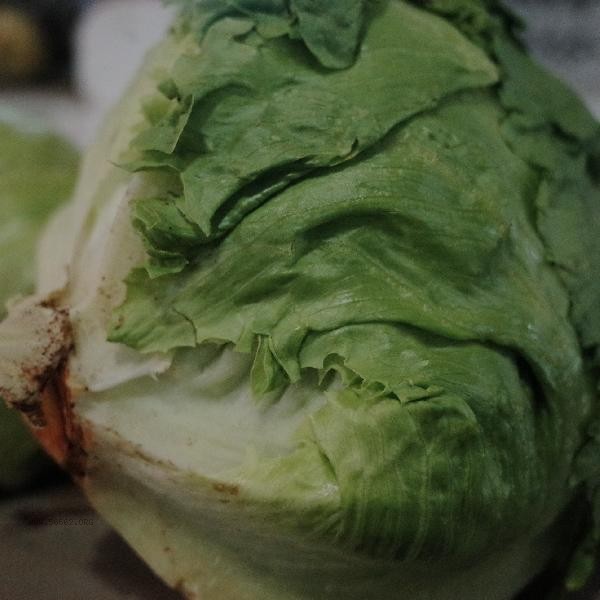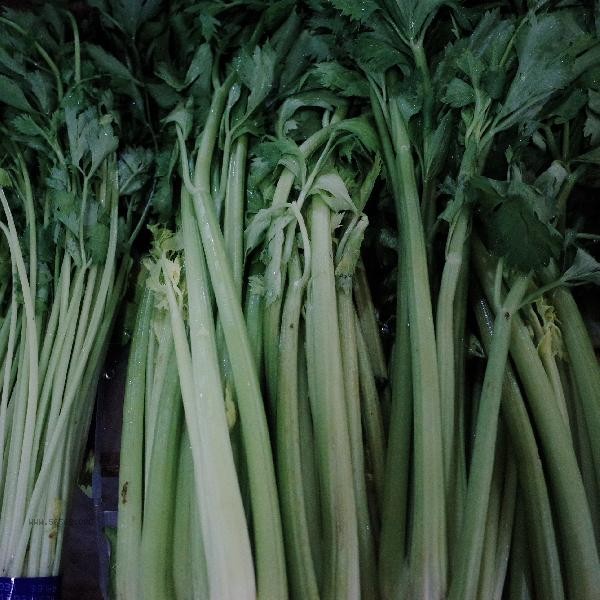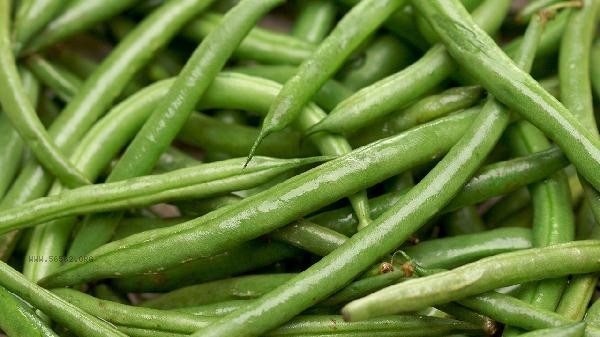Wash and cut vegetables can usually be stored in the refrigerator for 1-3 days, depending on the type of vegetable, storage method, and refrigerator temperature. Green leafy vegetables such as spinach and lettuce have high moisture content and are prone to oxidation and spoilage after cutting. It is recommended to refrigerate for no more than 1 day. Root vegetables such as carrots and potatoes have less cell structure damage after being cut into pieces, and can be stored in a sealed refrigerator for 2-3 days. Fruits and vegetables such as cucumbers and zucchini lose moisture quickly on their cut surfaces. It is recommended to wrap them in plastic wrap and consume them within 2 days. Mushrooms are prone to microbial growth after cutting, and should be stored in breathable containers for refrigeration and processed within 24 hours. Brassicaceae vegetables such as broccoli and cauliflower have accelerated sulfide volatilization after cutting. It is recommended to blanch and freeze them to extend their shelf life.

Some special treatments can extend the storage time. Vacuum sealed diced vegetables can be refrigerated for 3-5 days, but there is a significant loss of vitamin C. Cut vegetables soaked in lemon juice or vinegar water can delay browning for 1-2 days. Vegetables that have been blanched and frozen can be stored for more than a month, but their texture may become softer. Pre cut vegetables packaged in commercial grade modified atmosphere packaging can be refrigerated for 5-7 days before opening due to inert gas protection. Dehydrated dried vegetables can be stored for a long time, but they need to be rehydrated before use and suffer from significant nutrient loss.

When storing, pay attention to packaging different types of vegetables to avoid cross contamination. Use sealed containers or cling film to isolate the air, with the temperature controlled between 0-4 degrees Celsius being optimal. It is recommended to process vegetables in batches according to the cooking plan, and cutting and using them immediately can maximize the retention of nutrients. If the cut surface is found to be sticky, watery, or has an odor, it should be immediately discarded. Long term storage can be achieved through professional methods such as freeze-drying, and it is recommended to consume within 48 hours for daily household use.









Comments (0)
Leave a Comment
No comments yet
Be the first to share your thoughts!